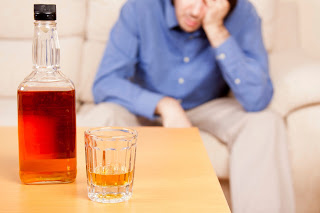Alcohol use effects the human body in a variety of ways that inhibit our ability to perform routine tasks. Driving after consuming even one drink can be extremely dangerous – enhancing the risk of auto accident-related injury and fatality. Alcohol use also serves to inhibit academic performance. In the U.S. the legal drinking age is 21. If you are concerned about teenage drinking, it is important to open a discussion on the topic.
Effects
Alcohol acts as a depressant. As such, individuals who drink will experience slowed brain activity. Even just a drink of two may cause the drinker to act confused or out of character. Drinkers will often experience mood swings and a loss of balance.
Legal
As stated above, the minimum drinking age in the U.S. is 21. This restriction pertains to the purchase, possession and consumption of any alcoholic beverage. According to the Underage Drinking Prevention Project, the only exceptions are when a minor is in a private establishment, requires alcohol for medical reasons, is using in conjunction with a religious ceremony, or possesses it on the job for purposes of lawful employment.
Laws will vary between states. As such, it’s important to educate yourself on regional restrictions.
Education
Regular alcohol consumption often serves to inhibit poor academic performance. Studies show that high school students who regularly consume alcohol are at a 5X higher risk of dropping out of school that those who abstain altogether.
Sex
Alcohol use in minors offers a heightened risk of dangerous sexual activity. Because drinking works to lower user inhibitions, many young people may be more easily swayed into unprotected sex. This works to heighten the risk of unplanned pregnancies, and STDs.
Discuss






